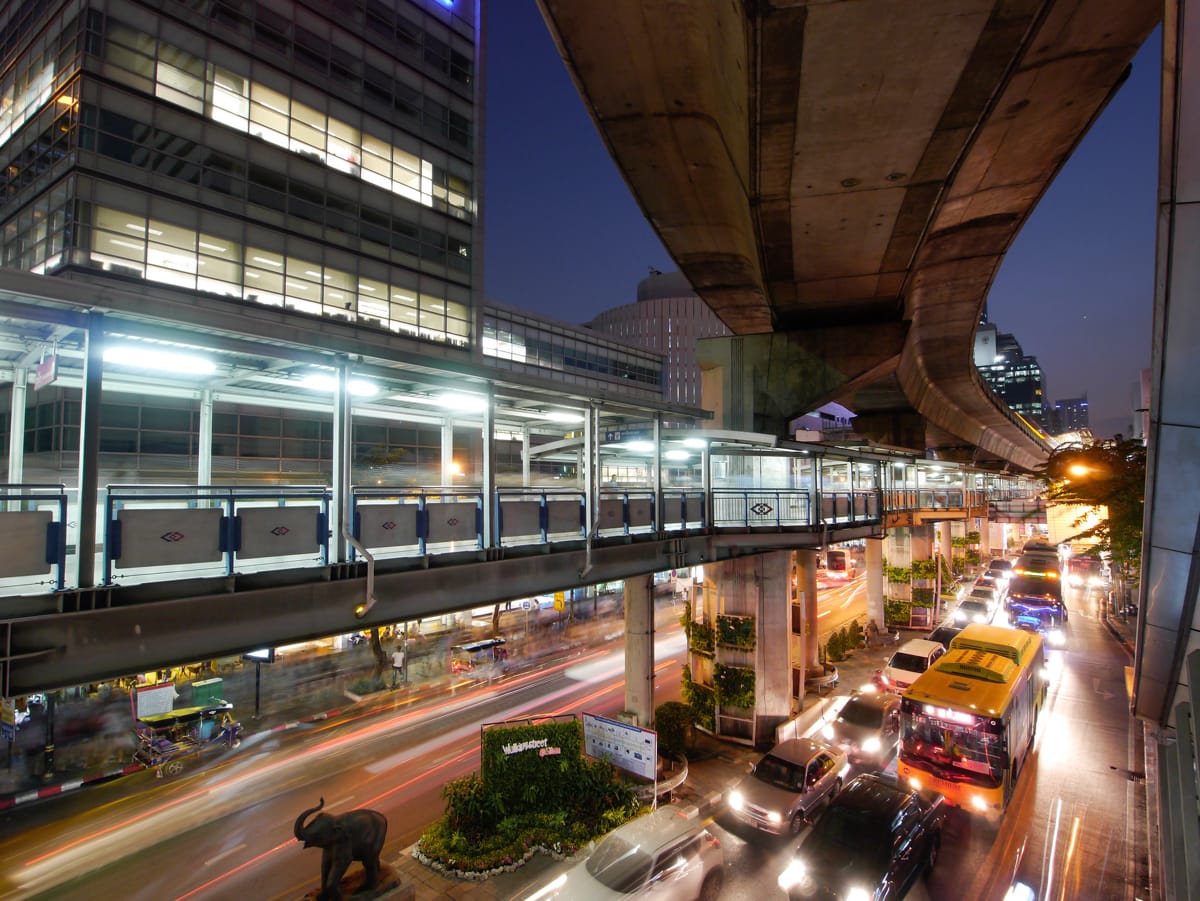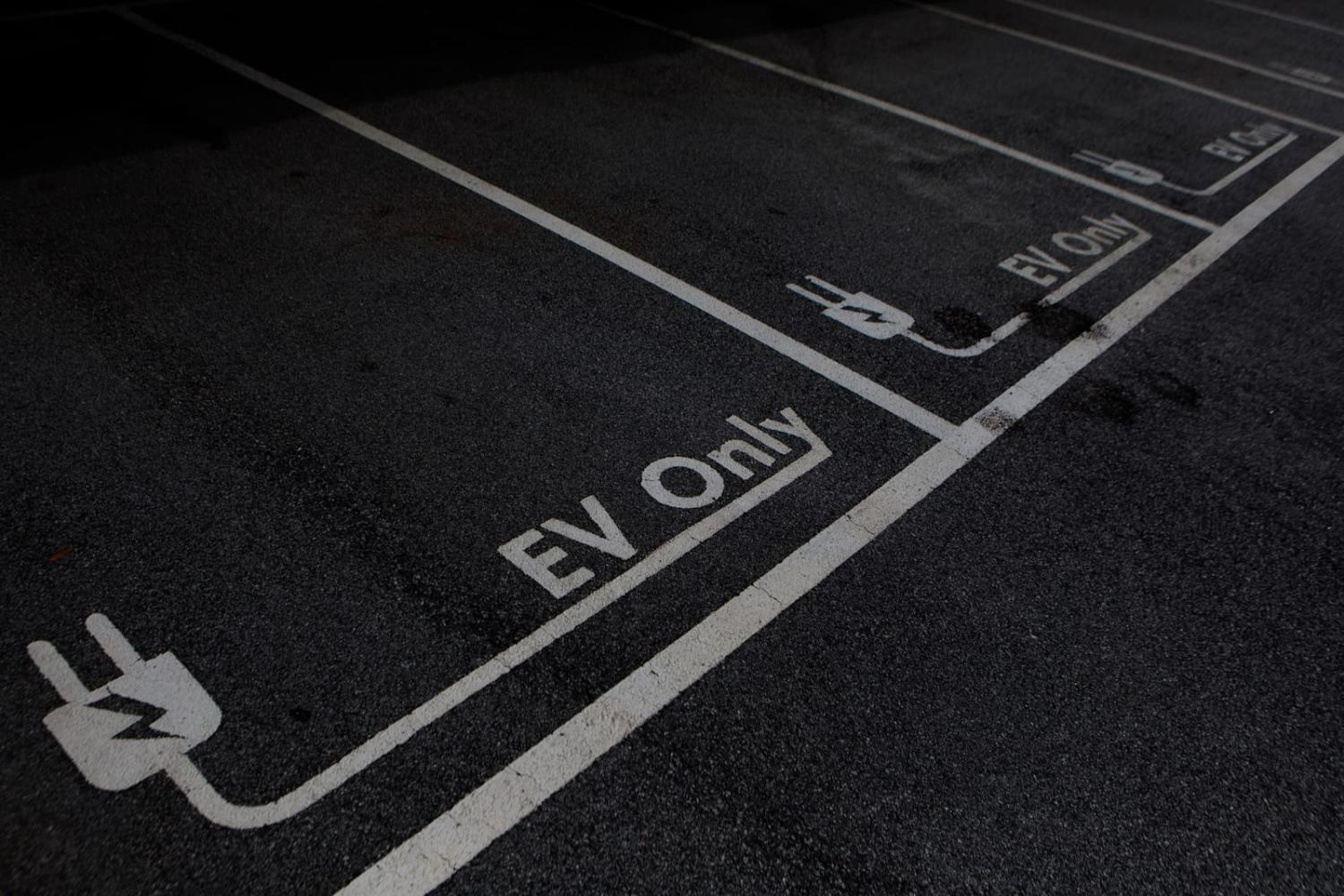The geography covered by the Association of Southeast Asian Nations is incredibly diverse. The land area totals approximately 4.5 million square kilometres, making ASEAN one of the largest regional organisations in the world in terms of landmass. And more than two-thirds of the region is spanned by oceans, roughly 2.5 per cent of the total volume of the world's oceans. Moreover, many ASEAN members have extensive coastlines and maritime borders across islands and archipelagos, such as the Philippines, Indonesia, and parts of Malaysia.
To keep the regional economy humming, transportation is essential, and this covers varied modes of travel, from trucks, cars and motorbikes, to ferries, freighters, and aircraft. But transportation is also a big contributor to greenhouse gas emissions. Rapid economic growth and urbanisation in recent decades has led to increased energy consumption and air pollution.
If the region is to meet the international commitment undertaken by ASEAN members to achieve net-zero emissions, the energy transition for transportation is urgent.
Annual growth for ASEAN of 4.7 per cent means the region’s energy demand is projected to triple by 2050 from 2020 levels. Fossil fuels, particularly in the transportation sector, where 91 per cent of energy consumption originates from petroleum, continue to dominate the energy mix. The region’s greenhouse gas emissions could potentially reach more than 6,700 million tonnes of carbon dioxide equivalent annually by 2050, with close to 20 per cent stemming from the transportation sector. Cleaner and more sustainable energy sources are needed, both public and private.
The development of electric vehicles (EVs) has become popular in ASEAN. The EV market is expected to grow in the ASEAN region from US$800 million in 2023 to $3.5 billion by 2028. However, progress in electric vehicle adoption across ASEAN countries varies significantly. Some nations have taken measures to promote the widespread use of electric vehicles, including Thailand, Malaysia, and Singapore. Governments offer incentives, such as subsidies and tax breaks, to make electric vehicles more accessible and affordable to consumers, while other countries seek to develop infrastructure systems and regulatory frameworks to support the adoption of electric vehicles. Indonesia sees a bright future in EV manufacturing.
But regional obstacles remain. Public charging infrastructure needs to be vastly enhanced. The purchase price of EVs remains high. Driving range remains a question mark for many people, along with operation and maintenance. And as a public policy challenge, so does the reliability of alternative energy sources.

Encouraging the adoption of EVs is a crucial part of the energy transition. Incentives such as subsidies, tax breaks, and charging infrastructure development can accelerate the uptake of EVs, reducing emissions from the transportation sector.
This must extend to the freight sector. Manufacturing remains the backbone of ASEAN member states’ economic development, and freight is essential to the business chain. As local economies continue to grow, so will emissions from freight.
The same goes for the development and enhancement of public transportation systems. Buses and trains offer a promising solution to decrease dependence on private car ownership and foster more sustainable travel options. Substantial investments in mass transit have the potential to enhance urban mobility and mitigate traffic congestion. For instance, the involvement of public-private partnerships such as the multi-stakeholders commission with Japan in research and development. Considering the varied geographical characteristics of ASEAN members, each country faces challenges in infrastructure and investment in public transportation.
In addition to EVs, promoting the use of alternative fuels such as natural gas, biofuels, and hydrogen can play a role in reducing emissions from the transportation sector, especially in areas where EV adoption may be slower. Governments in ASEAN need to address regulatory barriers that could impede the adoption of clean energy solutions and sustainable transportation. This involves simplifying permit procedures and ensuring that energy policies are conducive to renewable energy adoption.
While the energy transition is essential for sustainability, it must be balanced with the need for economic growth and regional development. Finding sustainable transportation solutions in terms of research and development will involve public-private partnerships and public awareness campaigns to promote the adoption of sustainable transport.
This should be a regionwide effort, allowing that ASEAN members will each have their own challenges. The transition to cleaner energy sources, the widespread adoption of EVs, and advancements in public transportation and alternative fuels represent steps toward sustainability and economic growth. But without international cooperation to reduce the transportation sector’s environmental impact, that the promise of future prosperity will be at risk.

